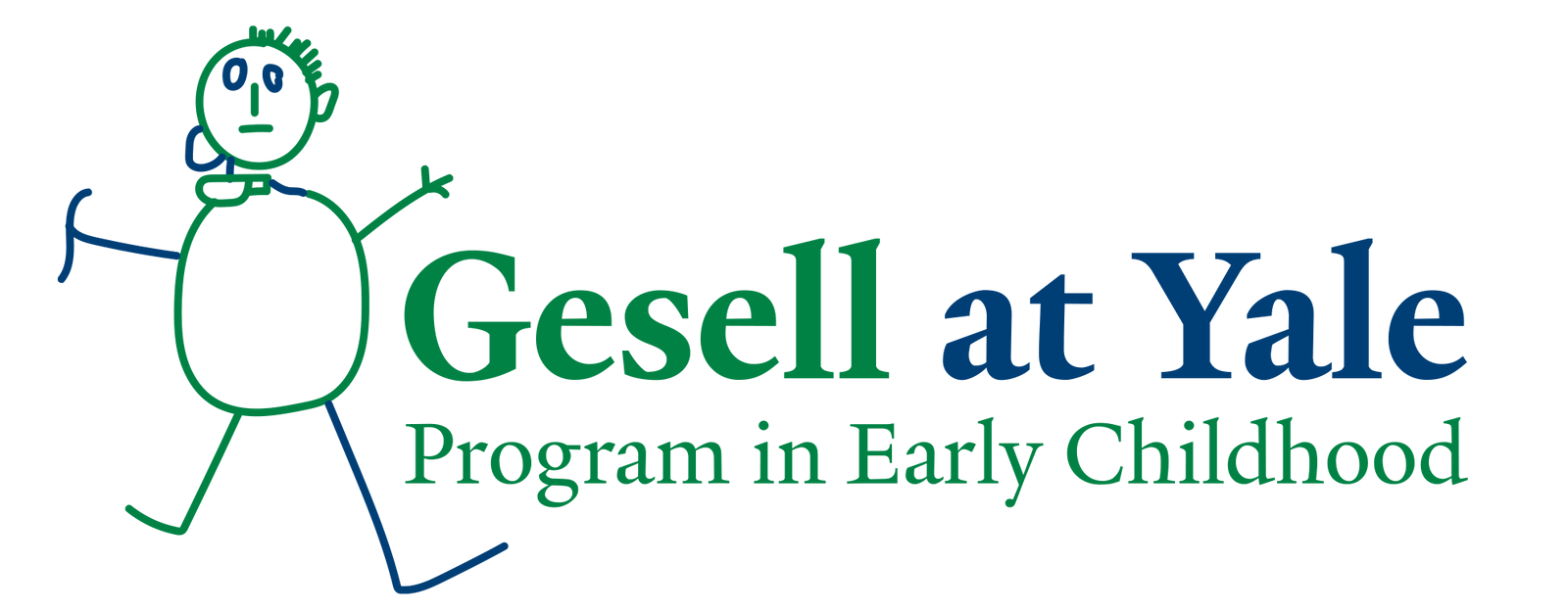“Even under the best of circumstances with a willing child and an experienced assessor, reliable child assessment is a complicated science and a bit of an art. It requires a sensitive tool and an examiner with a profound understanding of child development. How much of an impact does placing a child on the other side of a camera have on this already complex process?”
Early in 2020, Covid-19 forced us to consider this question. In response to extreme circumstances we adapted with extreme measures. With consultation from assessors with decades of experience, coupled with input from teachers innovating in virtual classrooms, we came to a protocol for using the GDO-R with video technology like Zoom and Google Meet. This insured the safety of both the assessor and child when social distancing and quarantine requirements were in place.
While relieved that we were able to support schools in moving forward with assessments over 2020-2021, we acknowledged then and reiterate now that this did not reflect best practice nor adhere to research-based protocols for administration and scoring of the GDO-R. Most notably, only a subset of GDO-R tasks were found to be transferable to a video camera, and as such, suboptimal to a live administration. In a 2020 blog post we wrote:
“We know, and we want you to understand, we still encourage a live assessment as a first best option.”
When isolated circumstances like a sick child or a spike in Covid cases in a school or city press us to move to a virtual assessment, it is a consolation to know we have this safety net. However, as the risk of illness continues to be mitigated, it is time to return to LIVE assessments. Let’s give children the advantage of the robust information gained from a full, in-person GDO-R administration as well as the comprehensive benefits of strand scoring.
* * *
NOTE: If a virtual assessment is your only option, the following precautions must be taken. Gesell strongly discourages assessors from completing a video administration without this guidance.
Even expert examiners need guidance. We strongly encourage all assessors, regardless of veteran status, to complete our webinar course on How to Virtually Administer the Gesell Assessment System. In this package we offer best practice for virtually administering the GDO-R using a video camera, and identify the tasks we’ve found to best transfer to an online environment. Simply going about the GDO-R as you would live, but using a video camera, may seriously invalidate results. We adamantly discourage this approach.
An adult Proxy is needed on the child’s end. To successfully administer the Gesell assessment system virtually, the examiner will need the help of an adult alongside the child; we call this person the Proxy. During the administration of the assessment, the examiner can direct the Proxy to help by placing materials, measuring, throwing, or performing other actions that would typically be performed by the examiner. The greatest surprise of all was how challenging it is to properly prepare the Proxy. As such, as part of our virtual administration training package we provide a Proxy Instructional Video. Not using or inadequately preparing a Proxy for their role in the administration may seriously invalidate results. We adamantly discourage this approach.
Even with a Proxy, some tasks do not translate well over video. For a fully valid administration and for use in strand scoring, all tasks should be administered. However, some GDO-R tasks simply do not work well on a camera. Cubes for example can be a challenge. First, getting a set of official red 1-inch cubes to a family is tricky and expensive. Even when families are given access to cubes, the demonstrations and process is complicated on screen. In some of these instances, we found it necessary to omit certain tasks, rather than risk frustrating a child. Tasks we recommend omitting are detailed in the How to Administer the Gesell Assessment System Virtually webinar training package.
Again, simply going about the GDO-R as you would in person, but using a video camera, may seriously invalidate results. We adamantly discourage this approach.
